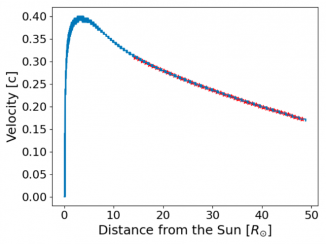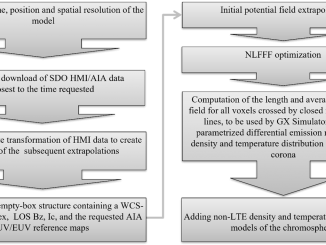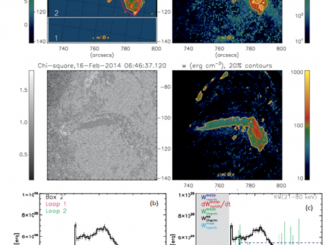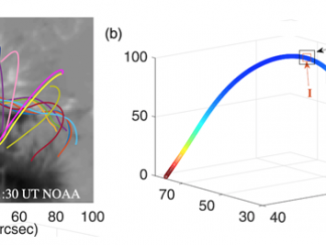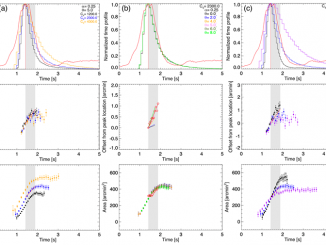Flare Accelerated Electron Transport in Type III Solar Radio Bursts: large-scale transport and super-diffusive beam expansion by E. P. Kontar et al.
Solar flares, the most powerful magnetic explosions in our solar system, are often accompanied by intense bursts of radio emission known as type III solar radio bursts. These bursts provide valuable clues about the acceleration and transport of energetic electrons in the Sun’s atmosphere and beyond. Understanding these bursts is not only crucial for solar physics but also for predicting space weather events that can disrupt our technological infrastructure. A […]


